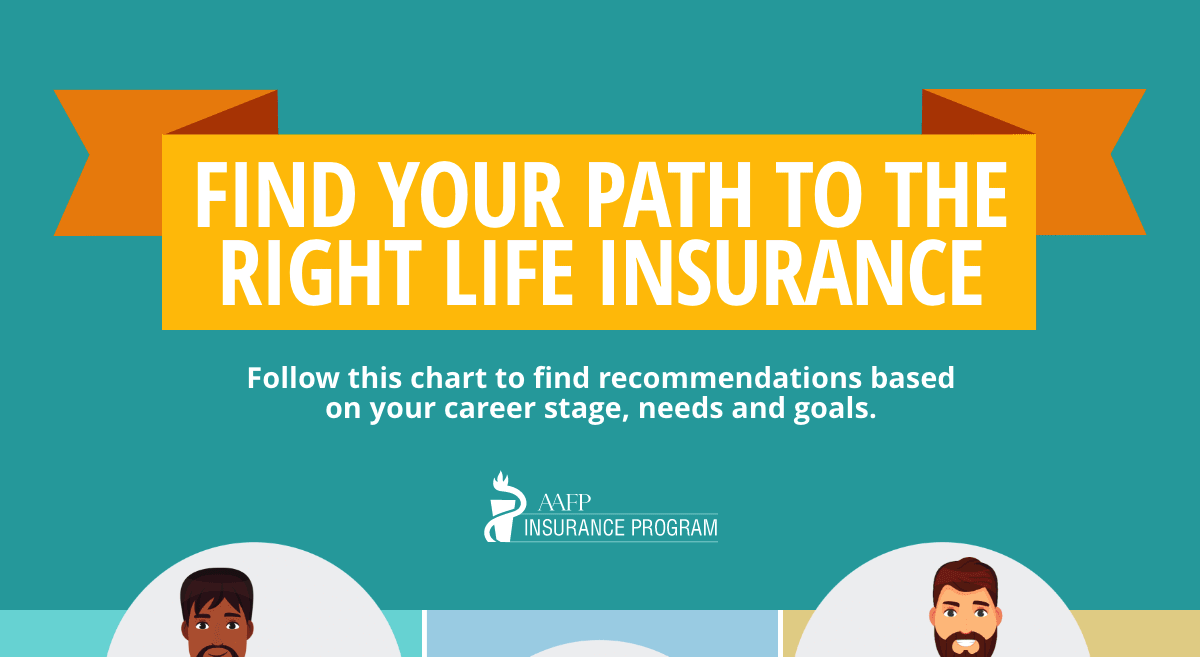Starting from Scratch
When starting from scratch, the thought of how much money it’s going to take to get your practice off the ground can be daunting. Physician consultants estimate that solo practices will need upwards of $100,000 to get started. These costs can include payroll, rent, living expenses and insurance. This does not include the costs of office and medical equipment, phones, computers and furniture, not to mention IT support and an EHR system.
The Right Place and the Right Time
In addition to getting your finances in order, you will need to find the right time to make your move. Don’t feel pressured into hitting the panic button if you are currently employed and desperately want to get out. You will need to inform your current employer that you plan on riding off into the sunset. You may also want to inform your patients that you will be moving on to your own private practice and they are more than welcome to follow you. This can be a tricky process as some hospitals and private physician groups may enforce non-compete clauses meaning you will be unable to practice in the same area or treat your current patients.
Bringing in the Troops
So let’s say you found the right set up, you tied up any loose ends in your previous practice and you have patients lined up to see you. Now it’s time to find the right staff. A small practice may only need three staff members – to start – which may include a nurse, a medical assistant and a receptionist. Before hiring, make sure that you can afford to pay them. Also, don’t rush into hiring the first few candidates who come knocking on your door. Since you’re the boss now, take the time to make executive decisions when hiring staff and don’t be afraid to be critical. Make sure your employees have their certifications, are well-trained and have experience working in a small setting. In addition, find out if they have experience with electronic health records and other data entry systems. Acquiring technologically savvy employees will minimize errors in the beginning and get your practice off to a smooth start.
Don’t Forget about Insurance
When hiring staff, consider the kind of insurance benefits they’ll receive. One of the biggest operating costs in medical practices is providing group coverage to employees. If you want top-performing staff members, you will need to attract them with competitive, comprehensive benefits packages. As the owner of a business, you will need to decide if your employees will have health insurance, disability and life insurance, and perhaps dental and vision insurance. You may also want to consider liability insurance for your practice in addition to your own medical malpractice insurance. By obtaining sufficient levels – somewhere around $1,000,000 – you will have coverage in the event of lawsuits caused by medical coding errors and general business practices.
Knowing the Marketplace
The current medical marketplace is tough for solo docs. As the sole business owner dealing with large amounts of overhead, the first few months in your new private practice will be tough. Though there are naysayers that believe working for others is a safer, more financially stable situation, some family physicians are up to the challenge of running their own small-town doctor’s office because they believe “all Americans deserve a physician they can rely on.”




